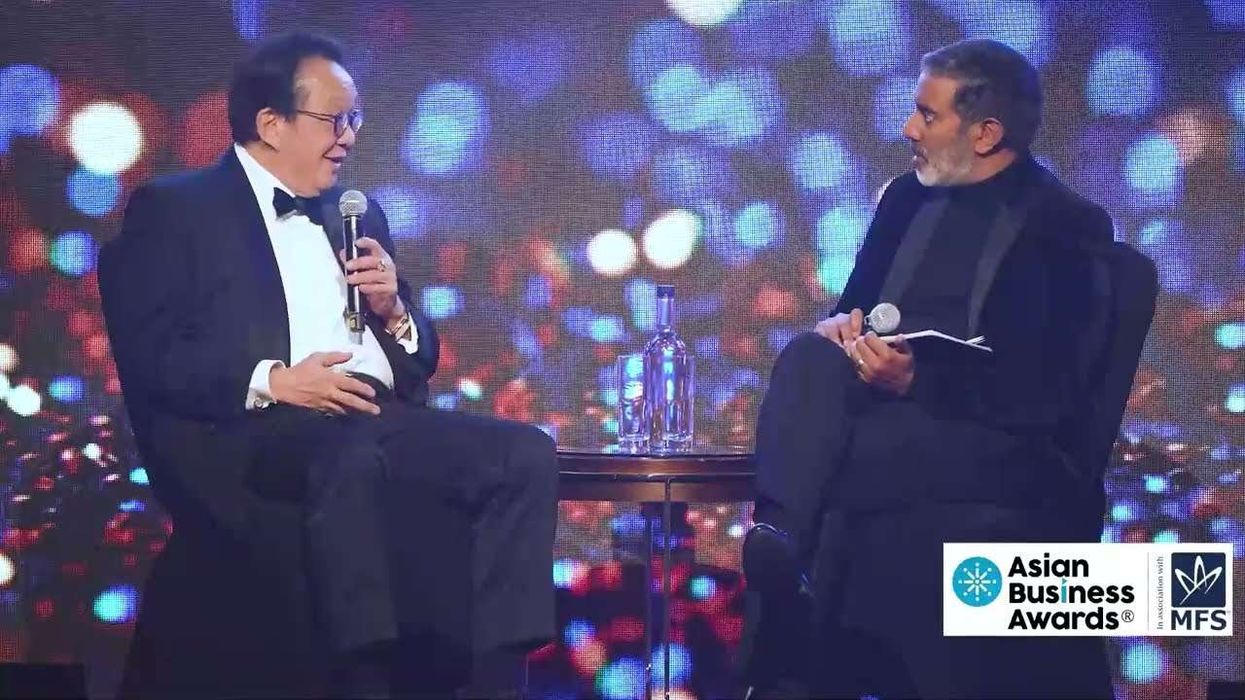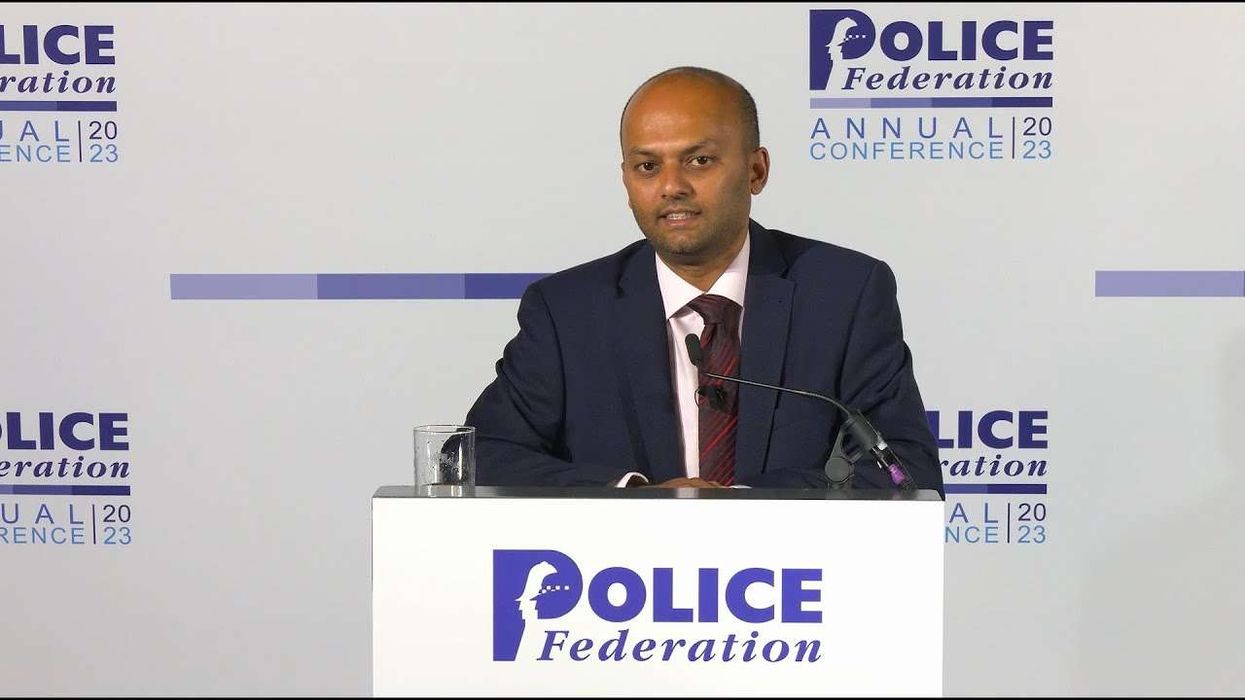This month marks the death anniversary of legendary Bollywood star Prithviraj Kapoor, who passed away on May 29, 1971, aged 64.
The founder of the Bollywood Kapoor dynasty, now well into its fourth generation with A-list stars Kareena Kapoor Khan and Ranbir Kapoor, was a respected actor who left an impressive body of work and inspired so many with his amazing achievements.
So to pay tribute to him, Eastern Eye presents interesting facts about the late great actor.
- Prithviraj Kapoor was born in Lyallpur (Faisalabad today) in British India, which is now a part of Pakistan, on November 3, 1906, and then moved to Bombay in 1928 with his family to pursue a career in acting.
- The aspiring actor started as an extra in the 1920s and then landed a lead role in the classic silent film Cinema Girl (1930).
- The actor played a supporting role in India’s first talkie Alam Ara (1931).
- The actor played a lead role in Bengali drama Seeta (1933), which won an award at the 2nd Venice International Film Festival. It was the first Indian movie to be shown at a global film festival.
- Many of his early films, including Manzil (1936), were bilinguals made in Hindi and Bengali.
- Social drama Milap (1937) was the first commercial Indian movie to show a vamp on screen, with an off-the-shoulder dress and using a cigarette holder, seducing Prithviraj Kapoor.
- His superstar-making role was in historical epic Sikandar (1941), which was later dubbed and released in Persian. The epic battle scenes in the film expanded the horizons of Hindi cinema.
- He started the Prithvi Theatre Group in 1944 and in the 16 years that followed, the actor staged over 2,660 performances with himself in the lead role.
- His three sons Raj, Shammi and Shashi Kapoor all became A-list superstars.
- He starred opposite his son Raj Kapoor in Awaara (1951), which became the highest grossing film of all time upon release. If inflation is taken into account, it is one of the biggest Indian cinematic successes in history.
- The actor played a key role in 1957 Indo-Soviet production Pardesi, which was made in Hindi and Russian. The film, which also starred Nargis and Oleg Strizhenov was a Golden Palm nominee at the 1958 Cannes Film Festival.
- The 1960 classic film Mughal-e-Azam became the biggest grossing Bollywood film of all time when it released and Prithviraj Kapoor had top billing, including at the premiere.
- The actor had top billing in the National Award winning film Nanak Naam Jahaz Hai (1969), which is the first major Punjabi hit film of post-independent India. The devotional film smashed records when it released and became iconic.
- He played a supporting role in Heer Raanjha (1970), which was the first Bollywood film that had its dialogue in poetic verse.
- He was the third recipient and first male actor to receive Indian cinema’s most prestigious honour the Dadasaheb Phalke Award, which was awarded to him posthumously in 1972.
- The actor’s last major role was starring with his son Raj Kapoor and grandson Randhir Kapoor in the cross-generational drama Kal Aaj Aur Kal (1971). Sadly, he passed away the following year, but left behind an immense body of work.





 Holiday fans celebrate Leona Lewis' One More Sleep topping the UK streaming charts Youtube Screengrab
Holiday fans celebrate Leona Lewis' One More Sleep topping the UK streaming charts Youtube Screengrab 






